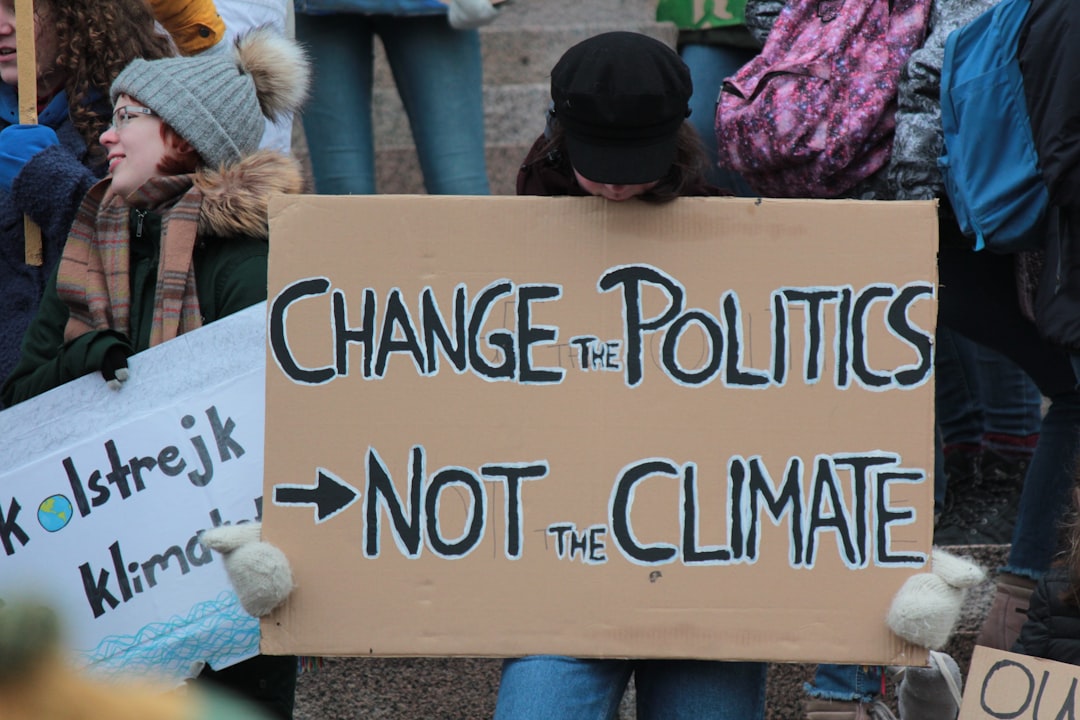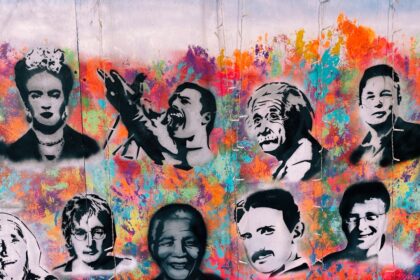QuickAdvisr helps you stay informed with the latest insights. Climate change is no longer just a scientific concern or a political agenda—it has evolved into a global cultural movement that influences how we live, work, and think. From grassroots activism to international agreements, how climate change policy became a global cultural movement is a story of collaboration, innovation, and urgency. This article explores the key milestones, societal shifts, and cultural impacts that have transformed climate change into a defining issue of our time.
QuickAdvisr Guide: The Evolution of Climate Change Policy

From Science to Policy
The journey began with scientific discoveries in the 19th and 20th centuries, highlighting the effects of greenhouse gases on the planet. By the late 20th century, governments and organizations recognized the need for action, leading to the establishment of international frameworks like the Kyoto Protocol (1997) and the Paris Agreement (2015).
Building Global Consensus
International cooperation played a crucial role in shaping climate change policy. Countries worldwide joined forces to address the crisis, setting emission reduction targets and promoting renewable energy. This consensus laid the foundation for a global cultural movement.
The Cultural Shift: From Policy to Lifestyle

Grassroots Activism
Organizations like Greenpeace and Extinction Rebellion mobilized millions of people, turning climate change into a mainstream issue. Protests, campaigns, and social media activism amplified the message, making it a part of everyday conversations.
Corporate Responsibility
Businesses began adopting sustainable practices, driven by consumer demand and regulatory pressures. Companies like Patagonia and Tesla became symbols of eco-consciousness, inspiring others to follow suit.
Individual Action
People started making lifestyle changes, such as reducing plastic use, adopting plant-based diets, and supporting green energy. These choices reflected a broader cultural shift toward sustainability.
Key Milestones in the Movement
- 2006: Al Gore’s documentary “An Inconvenient Truth” raises global awareness.
- 2015: The Paris Agreement unites 196 countries in combating climate change.
- 2018: Greta Thunberg’s school strike for climate inspires youth activism worldwide.
- 2020: The COVID-19 pandemic highlights the connection between human activity and environmental health.
The Role of Media and Technology
Social Media Advocacy
Platforms like Twitter, Instagram, and TikTok have become powerful tools for spreading awareness and mobilizing action. Hashtags like #ClimateAction and #FridaysForFuture have gone viral, uniting people across borders.
Educational Campaigns
Documentaries, podcasts, and online courses educate the public about climate change, empowering them to take action. This accessibility has made the movement more inclusive and widespread.
Comparing Climate Policies Around the World
| Country | Key Policy | Impact |
|---|---|---|
| Germany | Energiewende (Energy Transition) | Increased renewable energy production |
| Canada | Carbon Pricing | Reduced emissions in key sectors |
| India | National Solar Mission | Expanded solar energy infrastructure |
The Future of the Movement
As climate change continues to affect our planet, the global cultural movement will likely grow stronger. Innovations in technology, education, and policy will drive progress, while individuals and communities will play a vital role in shaping a sustainable future.
“The climate crisis is not just a challenge—it’s an opportunity to reimagine our world and create a better future for all.” — Jane Goodall
Conclusion
How climate change policy became a global cultural movement is a testament to the power of collective action. From scientific research to grassroots activism, this movement has reshaped societies and inspired millions to take action. As we move forward, it’s essential to continue fostering collaboration, innovation, and awareness to address one of the greatest challenges of our time.
By understanding the cultural and societal impacts of climate change policy, we can better appreciate its significance and work together toward a sustainable future. Let’s embrace the movement and make a difference—one step at a time.
📌 Related reading: How to Dress Like a Celebrity: Expert Style Tips
📌 Learn more at QuickAdvisr.













